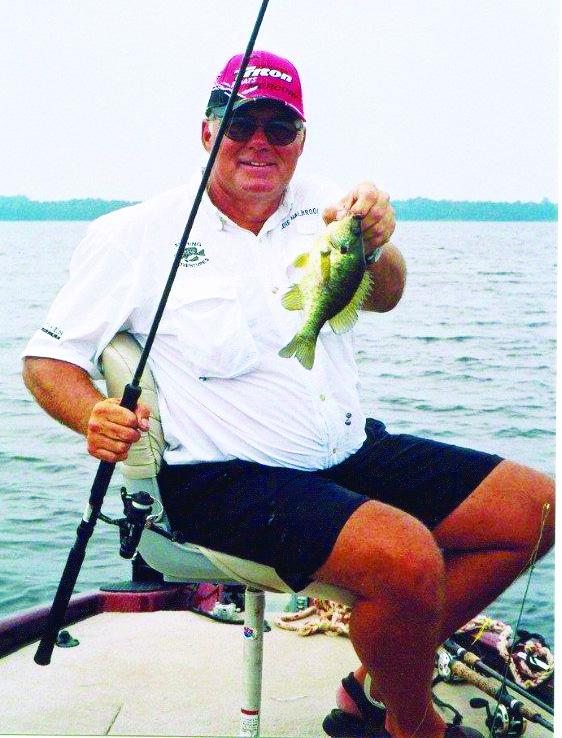215
Glynn Harris
Special to the Press-Herald
It was August; it was hot. The lake didn’t seem the right place to be in the middle of the day with temperatures flirting with triple digits. My Lazy Boy under air conditioning seemed to be a better ch
OUTDOORS: It’s Bream-Bustin’ time around the sea
previous post



